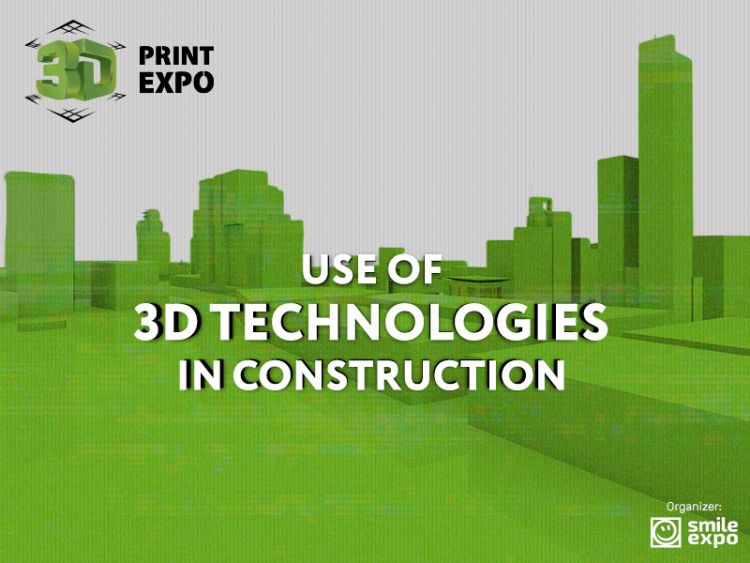Efficient use of 3D printing in construction

Layer-by-layer creation of objects basing on a 3D model is fundamentally changing the principles of construction across the globe. 3D printers are deployed to construct buildings in China, the UAE, the Netherlands, Russia, and the USA, where the 3D printing technology is being actively developed and brought to a completely new development level. What 3D printing novelties are used in different countries?
Advantages of 3D printing in construction
The world population is growing and the ubiquitous need for inexpensive living place requires new solutions from building companies. One of them is 3D printing that has undoubted advantages over traditional construction methods.

The main benefits include:
- Speed. The technology helps to build houses 60–70% faster.
- Cost-efficiency. 3D printing reduces labor effort and expenses on materials by 80%.
- Variety of forms. Architectural forms of buildings are not restricted. 3D printers can bring to life the bravest ideas according to the designed model.
- Environmental compatibility. The minimum of construction rubbish and harmful waste.
- The range of materials. 3D printers allow printing constructions in the form of a solid component part, which is hard to realize using ordinary manufacturing technologies.
- The main disadvantage is the fact that you cannot print high buildings at once. Capabilities of 3D printing are limited by six floors.
The latest 3D printing technologies in construction: case studies
An office in Dubai
One of the most famous companies in the global construction market that deploy 3D printing is Shanghai WinSun. It is known for several successful projects, for instance, Dubai Future Foundation office (built within 17 days) and a five-story house in Suzhou (one of the highest 3D printed buildings on the planet).
The company has achieved a record-high speed and high quality thanks to the proprietary developed printer. Details of construction are kept in secret, although it is known that it is a portal structure 150 m in length, 10 m in width, and 6.5 m in height.
Huge printers from Yaroslavl
Meanwhile, Yaroslavl-based AMT-SPECAVIA started to release the largest construction printers in the world called S-300 and S-500. The first model is designed to print two-story buildings, and the second can produce up to five floors. Their production capacity is 2.5 cubic meters per hour; a special concrete mixture is used.

3D printing boasts not only the creation of various forms but also the application of a great variety of materials. Estonian scientists developed an environmentally friendly mixture for construction printing that resembles concrete but is made of peat and shale ash, for which the country is rich. The material is strong, rapidly curing, and cheap (costs 10 times less than concrete).
3D and NASA
Modern NASA projects signify that 3D printing is the construction technology of the future. This year, the organization has announced the preliminary results of the 3D Printed Habitat Challenge contest on the design of dwellings for Mars settlers. Five virtual projects were shortlisted. The next stage for them will be the 3D printing of models.
Printed bridges in the Netherlands
However, 3D printing technologies are applied not only to construct buildings. A 3D printed concrete bridge was erected in the Netherlands last year. A new technique was used with the printer not only pouring concrete layer by layer but also laying a steel cable between them.

This year, the Dutch have taken on the project on building a 3D printed steel bridge. It was developed using the computer-aided design system that supports topology optimization. In other words, it allows optimally distributing the mortar and voids, increasing strength and reducing the weight of the product.
Despite the fact that cheaper and more ecologically friendly materials for 3D printing in construction emerge, concrete printing remains the most widespread. As a result, the demand for machines that work with concrete mixtures is high. Markets and Markets analyst company forecasts that the 3D concrete printing market may increase to $56.4 million by 2021. All of which means that 3D printing is developing at a great pace and we will enjoy much more innovative constructions built using additive technologies in the future.







